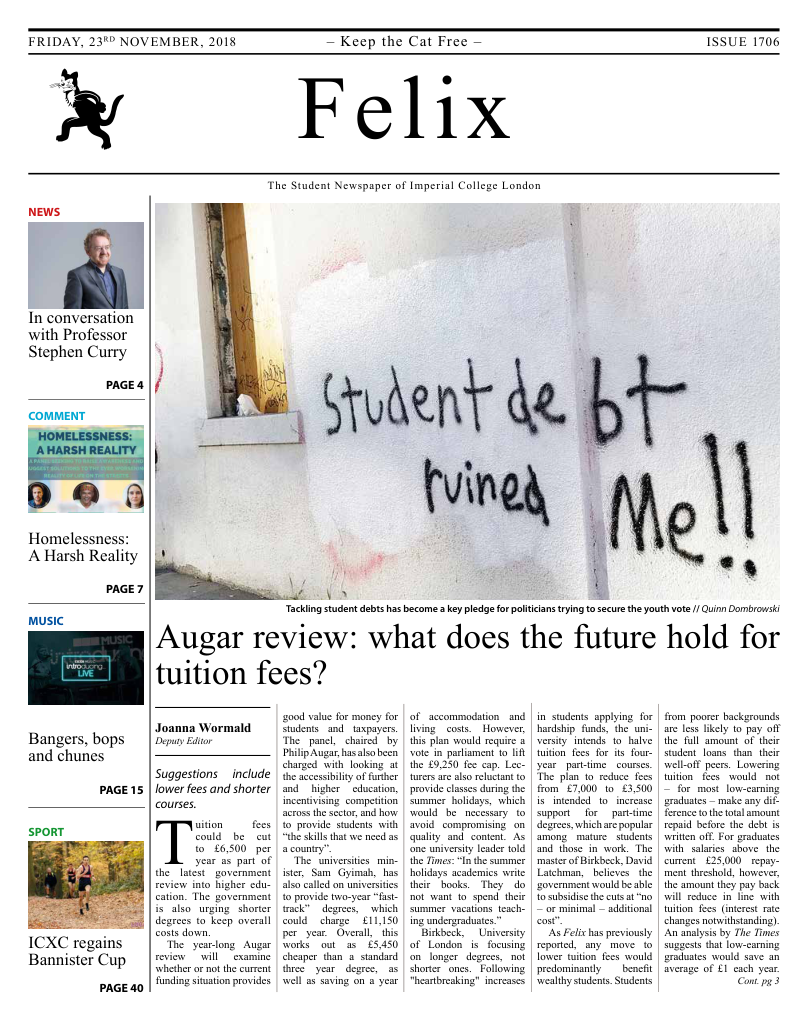A Small Place and a Big Message
Prepare to be exposed to the hard truth of colonialism and cruelty.

Once you enter the Gate Theatre, you are brought into a room lined with rows of chairs and scattered with seemingly out-of-place objects. Looking around, you see that there is no stage and you realise that the ‘show’ you believed you were coming to see is far closer to a private meeting. With no announcement, lights dim, music blares and the performance begins.
A Small Place is an involved two-person narrative of the 1988 essay of Jamaica Kincaid. The piece focuses on corruption, slavery and general human filth and throughout, the audience is made to feel responsible for it all. This confrontational performance is given by our narrators, Cherrelle Skeete and Nicola Alexis, who take turns to tell of the shame of tourism and the gross English occupancy of Antigua. Skeete’s character appears to be the calmer of the two and although she acknowledges the horror of what is happening in Antigua, she is also in a state of denial and cautious positivity when the piece begins. It is Alexis, with her calculated and hard reason, who eventually works the pair into a rage and shows the audience the true hatred boiling in the hearts of these two women.
The intensity and intimacy of this work is incredible and stifling. The clever use of light and the discomforting use of static and noise surrounds the audience. Better still are the narrators themselves who truly carry the performance. In both Skeete and Alexis, there is an urgency and raw emotion in face and voice. The pair directly entreat the audience and under their gaze, we are left feeling quite naked, particularly when Skeete is brought to the verge of tears speaking of the wrongs of slavery. It truly is an emotional and powerful experience.
As stated though, it is the actors that drive this piece and there were what I felt to be unnecessary and distracting additions to the work. The room is littered with mundane items; a projector is used to focus the audience on a particular image or to encourage us to imagine our own, books are used to represent knowledge and stress the importance of the old Antiguan library. But these small props are where it should have been left. There was a screen in one corner of the room placed on a bookshelf. At seemingly random points, the screen would turn on and show some image or film without audio. Most confusing was the inclusion of a scene from the classic Disney film, Beauty and the Beast. This clip was later distorted and played at an increased speed and in negative; perhaps it was actually a very brilliant reference, but it was definitely lost on me. The actors also quite literally weaved through the audience, handing members a string of red wool as they went. This appeared to be a means of representing the slave trade and the red blood linking us all. However, I found that I was more conscious of not tripping up one of the narrators than actually listening to what they had to say.
Putting this aside, A Small Place had some genuinely inspiring moments and its dark humour was an important, if not painful, reminder of our beastly history. The wonderful description of Antigua’s beauty and the terrible account of tragedy will certainly stay with me for a long time.
-3.5 stars








